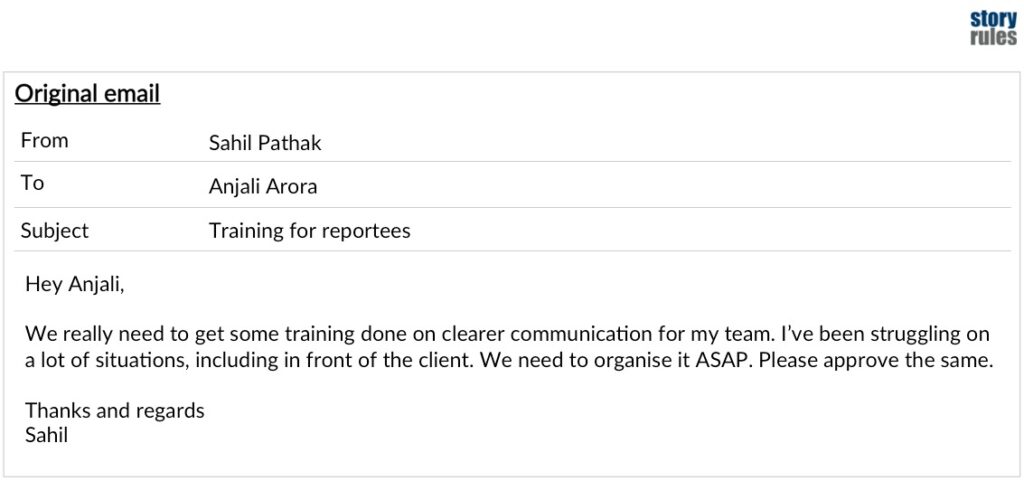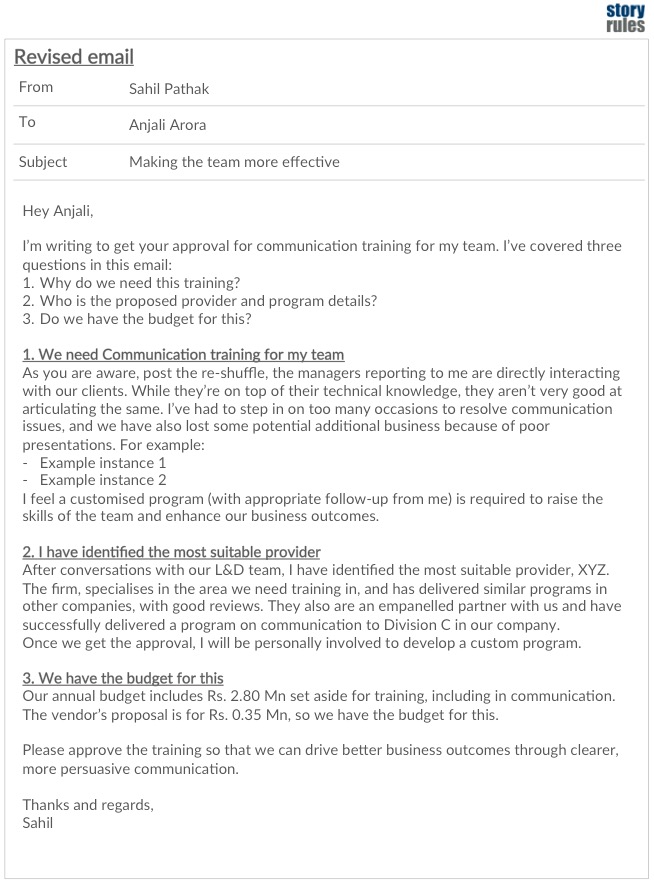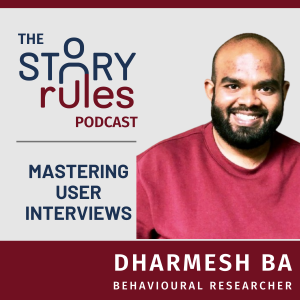The King and Minister story: How to write better emails
As a kid, I’ve spent hours immersed in Tinkle and Amar Chitra Katha comics. One story from Tinkle, in particular is unforgettable for me – the King and Minister one. Here’s how it goes:
In a small kingdom, the King had a favourite Minister, whom he relied on for all critical decisions. The other couriers weren’t happy with the Minister’s influence and complained to the King. In response the King told them:
“Do you see that caravan of bullock-carts in the distance?”
“Yes Sire”
“Find out where it is from”
They rushed and came back
“It is from Rampur Sire.”
“Where is it headed to?”
Again the group went to enquire.
“It’s going to Kishangarh your Majesty”
“Oh really. What cargo are they carrying?”
Muttering under their breath, the group trudged off again and returned, panting profusely (it was a hot summer day).
“They (huff) are carrying wheat, sugarcane and some vegetables for sale”
“Is that so. Wonder what price they are selling the sugarcane at…?”
The courtiers were dumbfounded – ‘Why can’t he make up his mind’ they thought. They were just about to leave, when the King stopped them and called his Minister in and asked him:
“What did you find out?”
The Minister replied: “Sire, the caravan is a group of merchants from Rampur, on their way to the Kishangarh market. They are carrying 25 quintals of wheat, 5 quintals of sugarcane and a few carts with vegetables. Their sugarcane was quite fresh, and priced at 250 Rupaiah per quintal. I have tentatively placed an order of 2 quintals for our royal granary. They also needed some fresh hay for their bullocks, which we have provided at a good price. Overall it was a good exchange”
The King turned his gaze at the jealous courtiers. Looking down, they apologised to the King. They had realised why the King relied so much on his Minister.
Why are Kings like this?
Try imagining the conversation between the disgruntled courtiers as they are walking back for the umpteenth time in the hot sun: “I just don’t get this King… Why can’t he make up his mind once and for all? Keeps asking more and more random questions”
Do you find yourself in similar situations with your clients or bosses? The Customer (or Boss) isn’t being difficult. It’s just that, given the additional information they encounter, they keep coming up with something we all do: the Next Logical Question (NLQ).
Which is where your planning can come in. All you need to do is anticipate all the NLQs that the audience may think of, given the information available, and then have answers prepared for each of those. Finally we need to structure the answers to all the NLQs in the right order and present it in a coherent manner in the email.
This is especially critical when you are sending an email on a new idea or initiative. In such situations, we tend to dash off a quick email with a short description of the idea, assuming that its natural brilliance will make the reader accept it unquestioningly. That’s unlikely. Let’s look at an example to bring this alive.
An Email Example
Sahil heads the Retail domain practice at a boutique technology consulting firm. He reports to Anjali, the COO. Of late, Sahil is facing a lot of issues with his team’s poor communication skills. Here’s how he writes to Anjali about the problem:

Clearly, if you were in Anjali’s (the King’s) shoes, you aren’t going to approve the program based on that email. There are so many unanswered questions – Is the training really needed, who would be doing it, what is the cost, do we have the budget, etc…
If Anjali was really busy, she may just ignore the email, or dash off a terse reply: “Please provide further details of training”. Sahil would provide some additional details, which would raise further questions, and the email cycle will continue. Sahil might be left thinking – why can’t she ask all her questions at one go?
That’s because it’s the communicator’s job to anticipate all the questions in the mind of the audience (the King) and respond to them in a clear, comprehensive manner.
So how would Sahil re-write his email, keeping these principles in mind? As a first step, he should put down a MECE list of questions that Anjali would need answers to, before she can approve the program. The questions might run like this:
- Why do we need the training program at all? (Some specific examples and impact stories would be useful)
- What are the options to do this and what is the recommended option?
- Do we have the budget for the program?
So Sahil puts on his “Minister”-hat and comes up with this revised email:

Much better no? Clear, comprehensive and with a logical flow. Sahil has even used the Pyramid Principle to organise his thoughts. There’s a high chance that Anjali will approve his request. (Though there’s one possible side-effect: she might be tempted to ask Sahil to do the training himself!)
The Six-Page Memo
The gold standard of such writing is at Amazon – the company renowned for it’s 6-page narrative memos on new initiatives. In their latest letter to shareowners, Bezos mentions the Six-Page narratives, and the effort that needs to go into them. Shawn Callahan’s take on this practice provides a quick and insightful overview.
Summary
Whether you are writing a detailed memo, presentation or a simple email (and especially if it’s the last one), don’t be tempted to dash-off your first thoughts. Think about your audience, the key questions they would have and whether you have appropriately addressed all of them in your communication, in a MECE, logical manner.
Be the Minister, not the courtier!
*****








